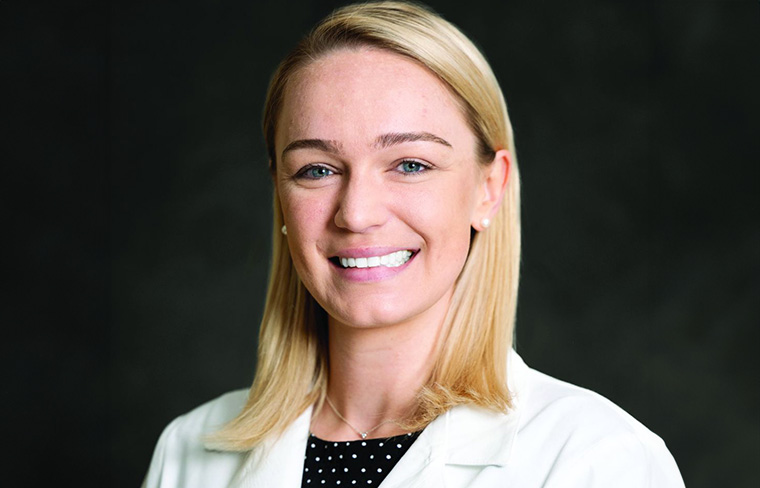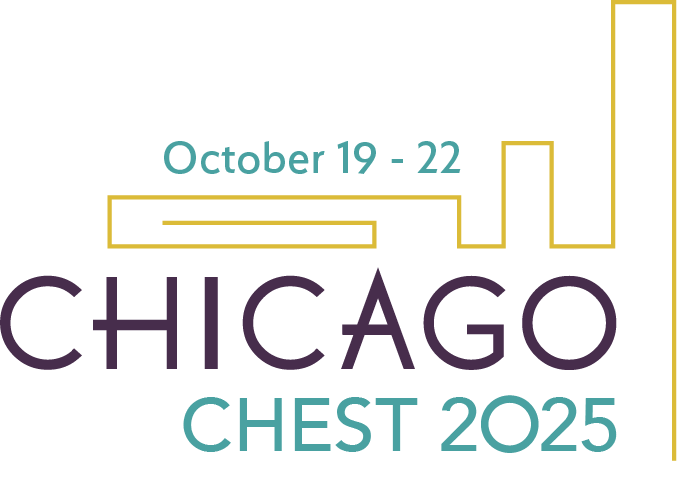CHEST Physician
-
Use of albumin in critically ill patients
Intravenous albumin is a human-derived blood product studied widely in a variety of patient populations. Despite its frequent use in critical care, few high-quality studies have demonstrated improvements in patient-important […]
-
Expanding recommendations for RSV vaccination
Respiratory syncytial virus (RSV) has been increasingly recognized as a prevalent cause of lower respiratory tract infection (LRTI) among adults in the United States. The risk of hospitalization and mortality […]
-
Short telomere length and immunosuppression: Updates in nonidiopathic pulmonary fibrosis, interstitial lung disease
Interstitial lung diseases (ILDs) are a diverse group of relentlessly progressive fibroinflammatory disorders. Pharmacotherapy includes antifibrotics and immunosuppressants as foundational strategies to mitigate loss of lung function. There has been […]
-
Post-intensive care syndrome and insomnia
There has been a recent interest in post-intensive care syndrome (PICS), as an increasing number of patients are surviving critical illness. PICS is defined as “new onset or worsening of […]
-
Diagnostic yield reporting of bronchoscopic peripheral pulmonary nodule biopsies: A call for standardization
More than 1.5 million Americans are diagnosed with an incidental CT scan-detected lung nodule annually. Advanced bronchoscopy, as a diagnostic tool for evaluation of these nodules, has evolved rapidly, incorporating […]
-
Nurse practitioners as advocates for health policy and patient care
In the intricate tapestry of health care, the roles of advanced practice registered nurses, also known as nurse practitioners (NPs), have evolved beyond the confines of clinical settings. Once solely […]
-
Top reads from the CHEST journal portfolio – June 2024
Malnutrition in critically ill patients, MODE trial findings, and guideline alignment in COPD
-
Hospital-onset sepsis: Why the brouhaha?
A 47-year-old woman with a history of cirrhosis is admitted with an acute kidney injury and altered mental status. On the initial workup, there are no signs of infection, and […]
-
Severe early-life respiratory infections heighten pediatric OSA risk
Children with severe lower respiratory tract infections (LRTIs) within the first 2 years of life had a 2.06-fold increased risk of developing pediatric OSA by age 5, according to a […]
-
Machine learning meets cardiopulmonary exercise testing
Cardiopulmonary exercise testing (CPET) is a clinically useful modality to discriminate between cardiac, pulmonary, and musculoskeletal limitations to physical exertion. However, it is relatively underutilized due to the lack of […]










